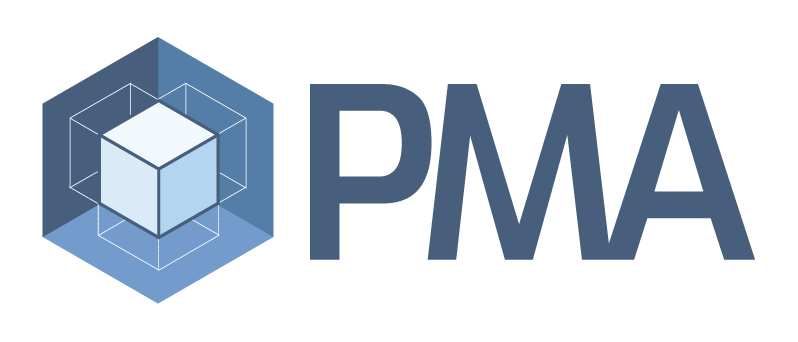Cost-Effective Prototype Machining Strategies: Balancing Speed and Quality
Prototype machining plays a crucial role in product development, allowing manufacturers to test designs and functionalities before full-scale production. However, achieving the right balance between speed and quality is essential to ensure cost-effectiveness and project success. In this article, we delve into effective strategies for cost-effective prototype while maintaining optimal speed and quality.
Understanding Prototype Machining
Prototype machining involves the fabrication of prototypes or models of a product to validate its design and functionality. It allows engineers and designers to assess the feasibility of a design before committing to mass production. Various processes, such as CNC machining, 3D printing, and injection molding, are used in prototype machining.
The Importance of Cost-Effectiveness
Cost-effectiveness is crucial in prototype machine as it directly impacts project budgets and timelines. Factors such as material costs, labor expenses, and machine utilization contribute to the overall cost of prototype machining. Implementing cost-effective strategies ensures that projects stay within budget constraints without compromising on quality.
Speed vs. Quality: Finding the Balance
Balancing speed and quality is a constant challenge in prototype machining. While rapid prototyping allows for quick iterations and faster time-to-market, it often comes at the expense of quality. Conversely, focusing solely on quality may result in longer lead times and increased costs. Finding the right balance is essential to meet project deadlines and customer expectations.
Cost-Effective Prototype Machining Strategies
Lean Manufacturing Principles
Applying lean manufacturing principles can streamline prototype processes and eliminate waste. By optimizing workflows and reducing non-value-added activities, manufacturers can achieve significant cost savings without sacrificing quality.
Material Selection and Optimization
Choosing the right materials for prototype machining is crucial in controlling costs. Opting for cost-effective materials that meet project requirements can help minimize expenses while maintaining quality standards. Additionally, material optimization techniques such as nesting and part consolidation can further reduce material waste and enhance cost-effectiveness.
Process Optimization Techniques
Optimizing machining processes through automation and efficiency improvements can significantly reduce lead times and production costs. Implementing advanced CAD/CAM software and toolpath optimization techniques can enhance machining efficiency and accuracy, leading to cost savings in the long run.
Automation and Advanced Technologies
Automation plays a key role in cost-effective prototypes by reducing labor costs and increasing production efficiency. Incorporating robotics and CNC automation systems can streamline repetitive tasks and improve overall process reliability. Additionally, leveraging advanced technologies such as additive manufacturing and digital twin simulations can further enhance cost-effectiveness and quality in prototype.
Collaboration and Communication
Effective collaboration between engineers, designers, and manufacturers is essential for successful prototype machining. Clear communication of project requirements, design changes, and feedback ensures that all stakeholders are aligned and working towards a common goal. By fostering collaboration and communication, manufacturers can minimize errors, reduce rework, and improve overall project efficiency.
Case Studies: Successful Implementation
Several companies have successfully implemented cost-effective prototype strategies to achieve significant cost savings and productivity gains. Companies like XYZ Innovations and ABC Manufacturing have utilized lean manufacturing principles, advanced technologies, and collaborative workflows to streamline their prototype machining processes and deliver high-quality prototypes cost-effectively.
Challenges and Solutions
Despite its benefits, prototype comes with its own set of challenges, including tight deadlines, complex geometries, and material constraints. However, by implementing proactive solutions such as project planning, risk management, and continuous improvement initiatives, manufacturers can overcome these challenges and ensure successful project outcomes.
Future Trends and Innovations
The future of prototype is marked by advancements in automation, digitalization, and sustainability. Emerging technologies such as AI-driven design optimization, multi-material 3D printing, and remote monitoring are expected to revolutionize the way prototypes are manufactured. Additionally, the growing emphasis on sustainability and eco-friendly practices will drive the adoption of recycled materials and energy-efficient manufacturing processes.
Conclusion
In conclusion, cost-effective prototype machining requires a delicate balance between speed and quality. Manufacturers can achieve cost-effective prototype machining while maintaining high-quality standards by implementing lean manufacturing principles, optimizing materials and processes, leveraging automation and advanced technologies, fostering collaboration, and addressing challenges proactively. For businesses seeking to optimize their prototype machining processes, prioritizing cost-effectiveness without compromising on quality is key. For those seeking cost-effective prototype machining solutions, Preece Machining and Assembly offers a comprehensive range of services tailored to meet specific project requirements. With a focus on efficiency, quality, and innovation, Preece Machining and Assembly helps businesses accelerate product development timelines and reduce overall costs without sacrificing quality. Partnering with Preece Machining and Assembly ensures reliable, cost-effective prototype solutions that drive business success.
